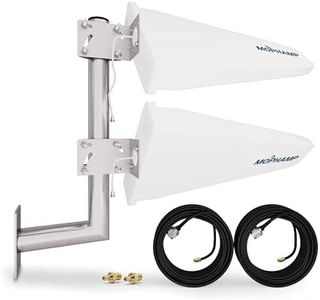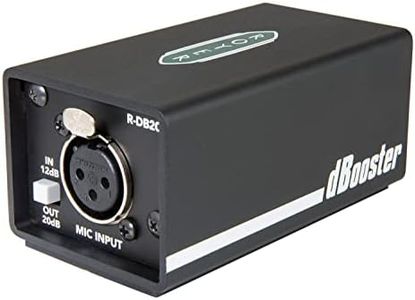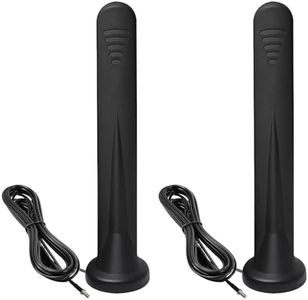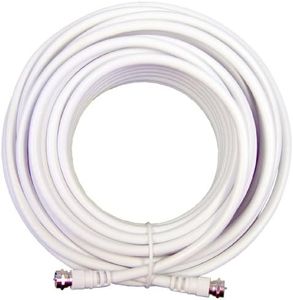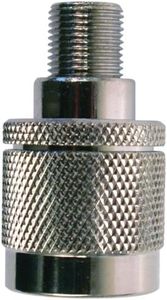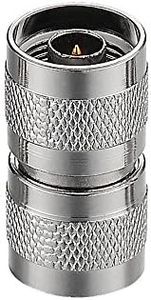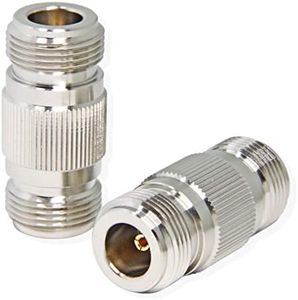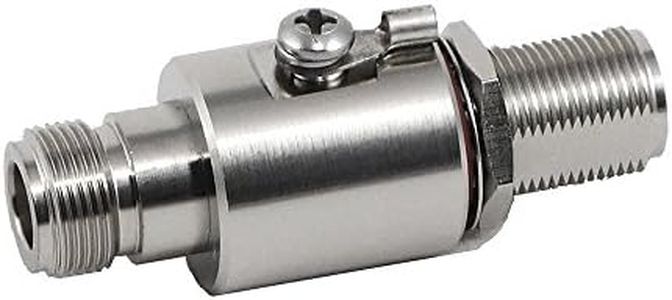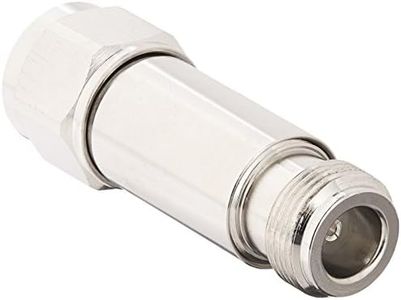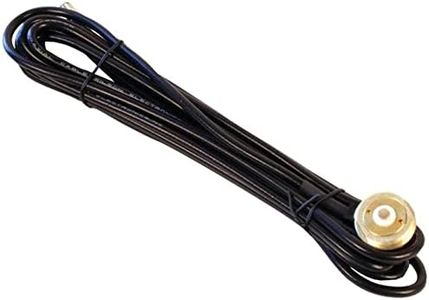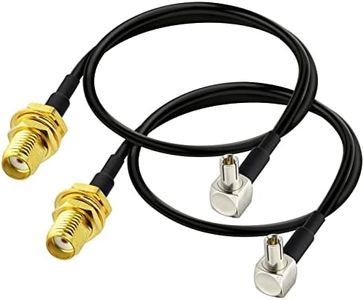We Use CookiesWe use cookies to enhance the security, performance,
functionality and for analytical and promotional activities. By continuing to browse this site you
are agreeing to our privacy policy
10 Best Cell Booster
From leading brands and best sellers available on the web.By clicking on a link to a third party's website, log data is shared with that third party.
Buying Guide for the Best Cell Booster
Choosing a cell booster (also called a signal booster or repeater) can hugely improve your mobile phone signal in areas where it is weak or unreliable. These devices are especially helpful in places with spotty coverage such as rural homes, large office buildings, or metal-clad structures where outside signal has trouble penetrating. The right cell booster for you will depend on factors such as the size of the area you want to cover, the network carriers you use, and typical signal quality in your location. Understanding key specifications and matching them to your needs can ensure you get the best possible results.Coverage AreaCoverage area refers to how much physical space the cell booster can effectively support with improved signal. It's measured in square feet or meters and is essential because a unit designed for a small office won't work well in a large house, and vice versa. Small boosters are suitable for one or two rooms, mid-range units can cover an entire apartment or a medium-sized home, while the largest ones can handle multi-story houses or large offices. To choose the right one, measure the area where you want better signal and compare it to what the booster claims to handle. Always factor in obstacles like walls and floors, as they can reduce effective range.
Supported Frequency BandsSupported frequency bands indicate which carriers and networks the booster will work with. Mobile networks broadcast on specific frequency bands (such as 700 MHz, 850 MHz, 1700 MHz, 1900 MHz, or 2100 MHz), and not every booster works with all of them. If you mainly use one carrier, check which bands that provider uses and make sure the booster supports them. If your household uses multiple networks, look for a multiband or universal booster covering all the bands used by your carriers. This ensures compatibility and better results for everyone who uses the booster.
Maximum GainMaximum gain tells you how much the booster can amplify the signal, typically measured in decibels (dB). A higher gain means the booster can take a weaker outside signal and make it stronger indoors. Low-gain boosters are fine if your outdoor signal is already decent, while high-gain boosters are best for situations with very poor outside signal. To pick correctly, find out how strong your outside signal is (you can check this on your phone by looking at the signal bars or using field test mode) and choose a booster with enough gain to compensate for your needs.
Number of Supported Users/DevicesThis specification tells you how many phones or devices can benefit from the stronger signal at the same time. Some boosters are basic and only reliably cover a couple of users, while higher-end ones are designed for busy environments with multiple simultaneous users. If you just have a couple of family members using mobile phones, a simple booster is fine. For offices, large families, or if you want all devices (phones, tablets, hotspots) to work at once, look for a booster that supports many users simultaneously.
Indoor and Outdoor Antenna TypesCell boosters rely on antennas—one outside to capture the signal, and one (or more) inside to rebroadcast it. Outdoors, you might find directional antennas (which must be aimed at the cell tower and give stronger results but require correct alignment) or omnidirectional antennas (which capture signal from any direction and are easier to install). Indoors, panel antennas create a focused area of coverage, while dome antennas distribute the signal more broadly. Your choice depends on installation complexity, building layout, and whether you prefer easy setup or absolute maximum performance.
